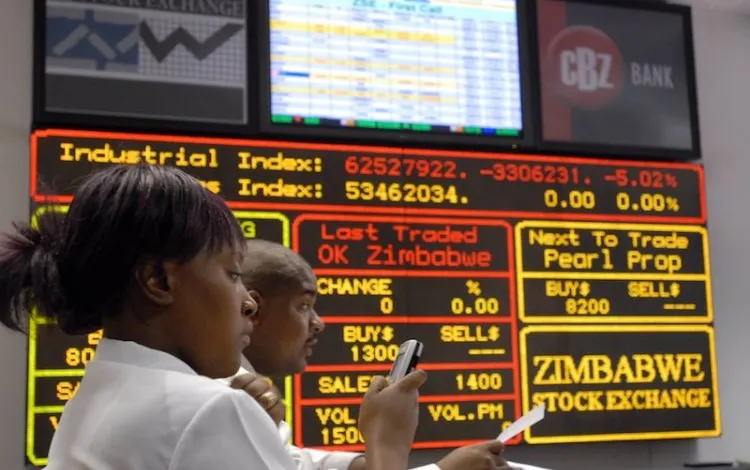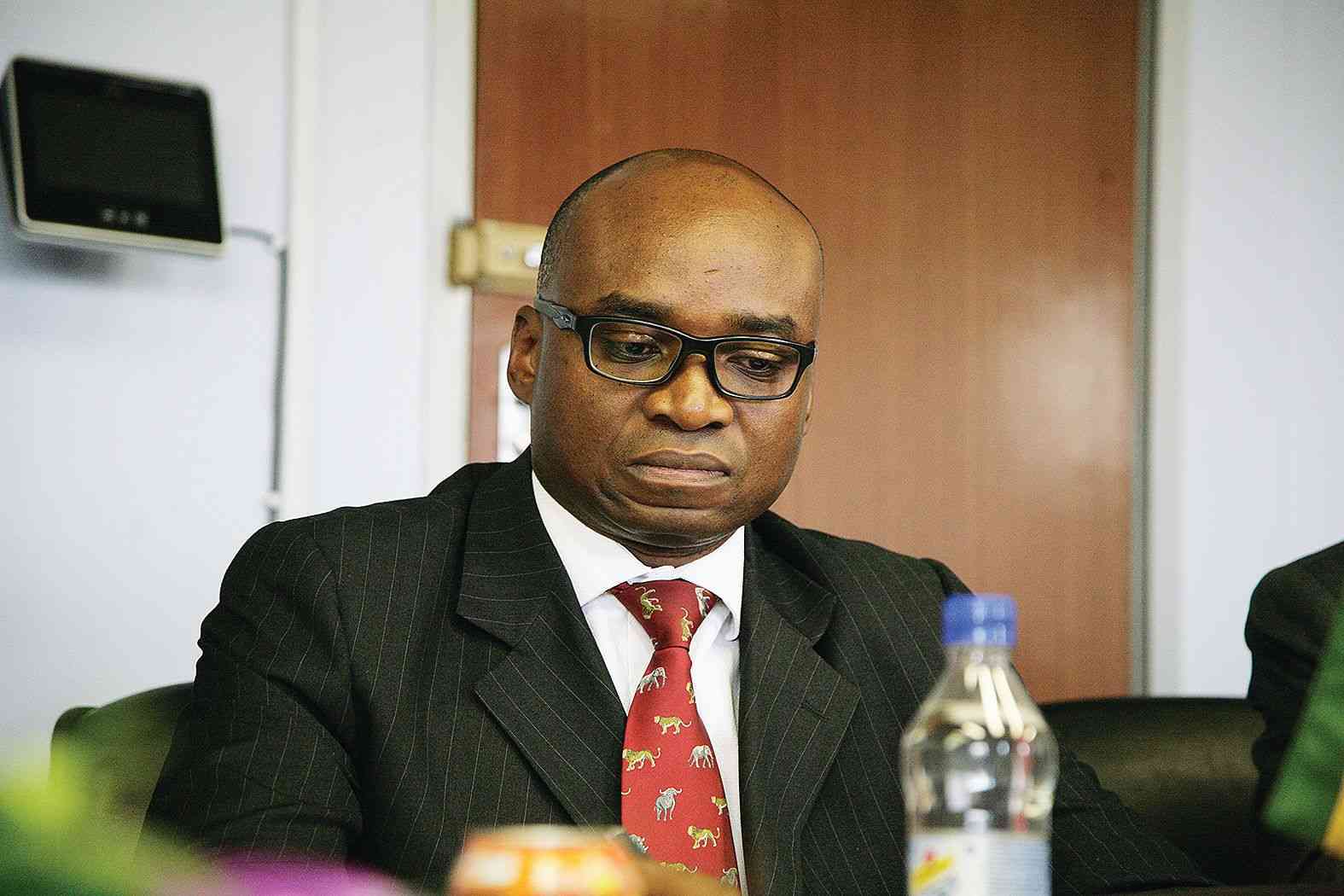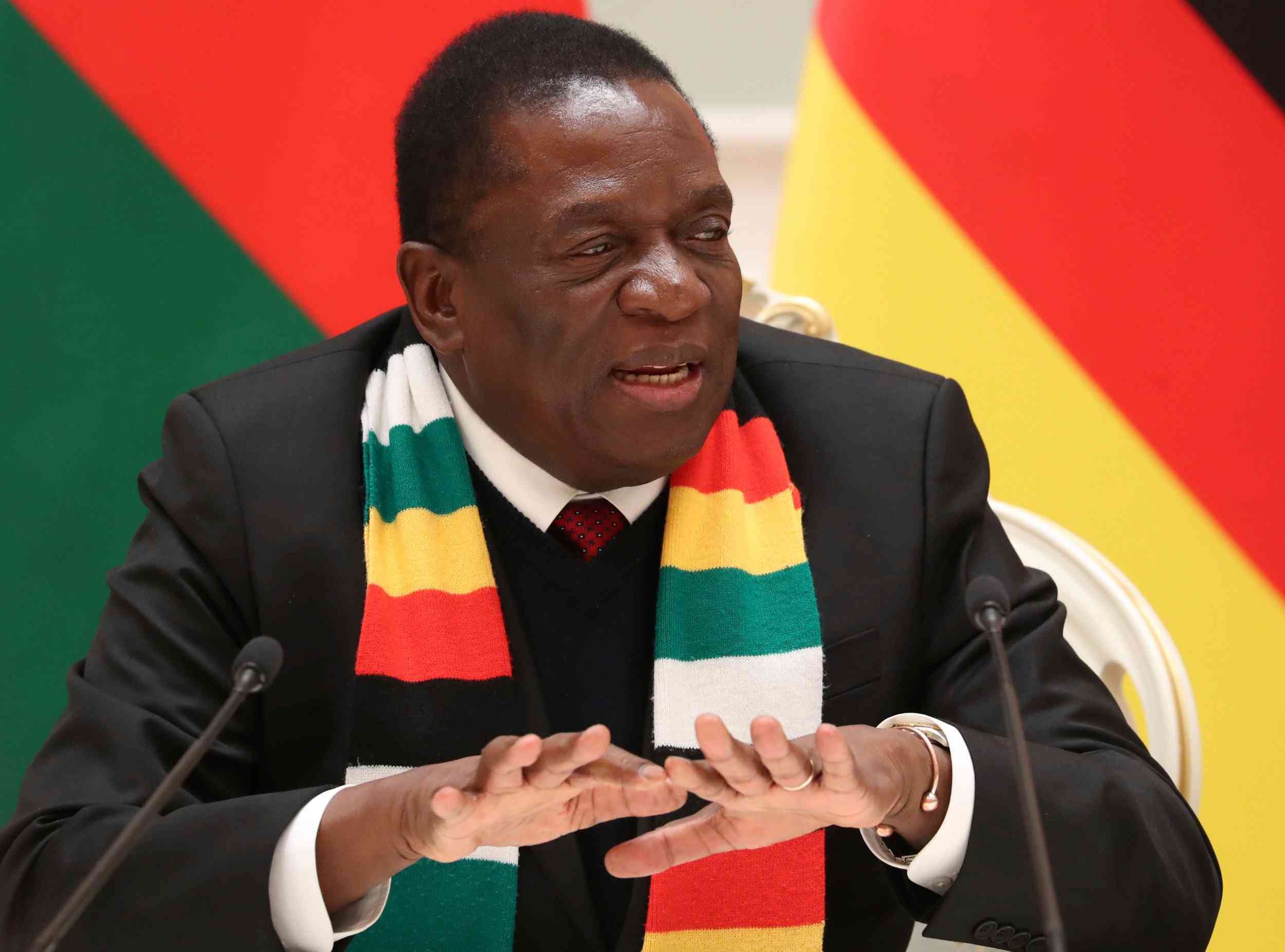
An International Monetary Fund (IMF) report has revealed that Zimbabwe may have underreported its total public debt by about US$2 billion in 2024.
The report, released following a recent Staff Monitored Programme assessment, has cast doubt on Treasury’s internally generated statistics and brings to the fore long held suspicions about fiscal transparency.
It indicated that Zimbabwe’s external debt alone may have been understated by about US$4,5 billion during the period.
In a May statement released during the African Development Bank’s annual meetings, the Ministry of Finance reported Zimbabwe’s public debt at US$21 billion in 2024.
However, the IMF’s newly released 2025 Article IV Consultation Report said public debt was estimated at US$23, 3 billion.
The discrepancies echoed earlier findings by the African Export–Import Bank (Afreximbank), which reported in a May country brief that Zimbabwe’s external debt was much higher than official estimates.
The IMF said: “Total public and publicly guaranteed debt stood at US$23,3 billion (72,9% of GDP) at end 2024”.
“The external debt stock was US$16,7 billion (52,5% of GDP). Zimbabwe has been accumulating external arrears to its official creditors since the early 2000s, estimated at US$7,4 billion (23,2% of GDP),” the IMF said.
- Renault hands Russian assets to Moscow
- Village Rhapsody: How Zimbabwe can improve governance
- New perspectives: Building capacity of agricultural players in Zim
- Village Rhapsody: Engage men to end gender-based violence
Keep Reading
“More recently, the government has started accumulating arrears to external commercial creditors, estimated at US$47,4 million at the end of 2024 (0,1% of GDP), and suspended servicing some of its domestic debt obligations, amounting to US$425 million (0,8% of GDP) in 2025.
“Current policies are insufficient to restore debt sustainability, which will require a balanced mix of fiscal consolidation, strengthened public debt management, growth promoting structural reforms, and external arrears resolution, paving the way for new financing from multilateral and bilateral creditors,” the Fund said.
It is not the first time that Zimbabwe’s official statistics have been called into question.
On numerous occasions, discrepancies between government data and external assessments have surfaced.
About six years ago, companies had to resort to calculating their own inflation figures after losing confidence in official consumer price index (CPI) data. Concerns were heightened by the fact that on several occasions during Zimbabwe’s 25-year-long economic crisis, the country simply stopped producing inflation data.
In one of the most memorable episodes, Zimbabwe ceased reporting inflation in July 2007, after CPI hit 231 million percent.
The IMF later estimated inflation at 500 billion percent by December 2008, while official statistics at the time reported about 280 million percent.
Since assuming office in 2018, Finance minister Mthuli Ncube has once halted the publication of inflation data, though the Reserve Bank of Zimbabwe continued publishing its own figures, even during the ban.
The IMF said the current Structured Dialogue Platform (SDP) provides a framework for engagement on three pillars: economic reforms, political-governance reforms, and farmers’ compensation and land tenure reforms.
It noted that while progress had been made on some sub-components, bilateral Paris Club creditors insisted that reengagement required advances on all three pillars.
“A roadmap to clearing arrears to the International Financial Institutions—including the World Bank, African Development Bank, and European Investment Bank—will be essential to facilitate an eventual debt resolution. But this would likely require support through a bridge loan,” the IMF said.
“While discussions on a potential bridge loan are ongoing, creditors have called for an IMF SMP to be in place before engaging on such financing.”
Treasury is seeking debt relief and bridge financing of US$2,6 billion through the SDP’s Arrears Clearance and Debt Resolution Process.
“Staff indicated that the authorities’ programme that could be supported by an SMP would need to be broadly aligned with Article IV and recent capacity development advice,” the IMF said.
“The authorities have also initiated discussions with key commercial creditors on debt payment moratoria.”
According to the IMF, successful implementation of a debt resolution strategy will require reconciling Zimbabwe’s debt and establishing clear restructuring parameters.
“It is not clear whether Zimbabwe would be eligible for treatment under the G20 Common Framework or the Heavily Indebted Poor Countries (HIPC) Initiative, due to ineligibility from protracted arrears to multilateral creditors, and in HIPC’s case, because Zimbabwe’s income exceeds the required IDA eligibility criteria,” the IMF explained.
“However, as shown in other cases such as Sri Lanka and Suriname, official creditors may be willing to provide an ad hoc treatment consistent with restoring debt sustainability.”
The IMF noted that Zimbabwean authorities broadly agree with the unsustainable debt assessment and reiterated their commitment to the reengagement process.
“In this context, they highlighted recent progress under the SDP, where an initial payment to farmers covered by bilateral investment agreements was welcomed by partners,” the IMF said.
“The authorities also plan to launch a fourth SDP pillar focused on debt resolution, bringing creditors together to provide updates on the government’s roadmap to restoring debt sustainability.
“They emphasised the urgency of the process, as financing options have narrowed due to constrained access to concessional financing from official sector creditors, limited access to non-concessional commercial lenders, and challenges in the domestic capital market.”
Zimbabwe is not alone in facing debt distress. Across the Southern African Development Community, several countries are grappling with rising debt burdens that threaten fiscal stability.
Mozambique, for example, plunged into default in 2016 after hidden loans worth over US$2 billion were exposed, pushing its public debt to over 100% of GDP. The country has since restructured some of its obligations but remains highly vulnerable to shocks.
Zambia defaulted on its external debt in 2020, becoming Africa’s first pandemic-era sovereign defaulter.
At the time, its debt-to-GDP ratio exceeded 120%. Although the country has since reached a restructuring deal under the G20 Common Framework, progress has been slow, prolonging its economic challenges.
Malawi is also struggling with a debt burden above 70% of GDP, leading it to seek debt restructuring and fresh support from the IMF.
Similarly, Angola’s debt stood at around 90% of GDP in recent years, driven largely by oil-backed loans from China, forcing the country into a complex restructuring programme.











